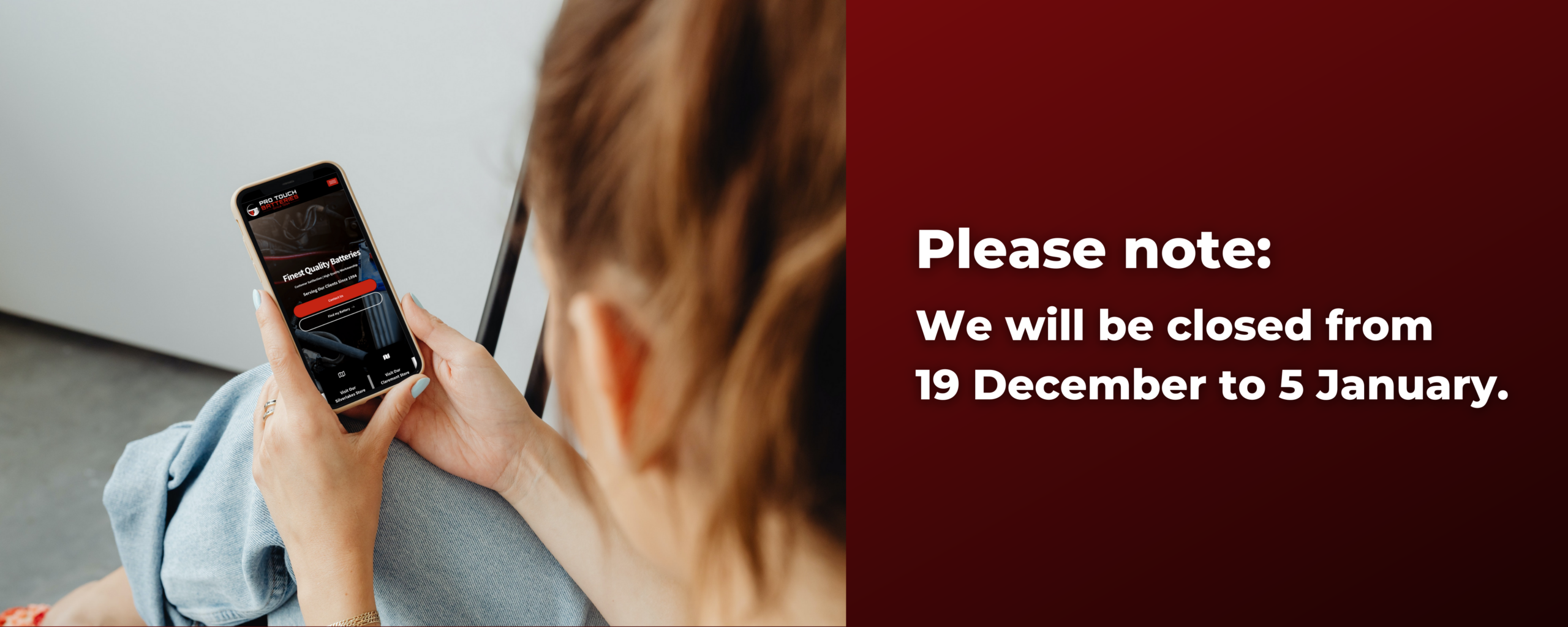
Finest Quality Batteries
Customer Satifaction | High Quality Workmanship
Serving Our Clients Since 1994
About US
Welcome To Our Website
Where it all began Pro Touch Batteries was established in 1994, born from humble beginnings to be one of the largest private distributors of batteries in South Africa. We pride ourselves on excellent service, both to the public as well as to wholesale and retail customers. We supply large companies, municipalities, government departments, spare shops as well as the public.
At Pro Touch Batteries we value our customers and thus we strive to always deliver the highest quality batteries, battery accessories and service to our clients’. When schedule and time permits, we do battery deliveries, free of
charge. Our array of value-added services ranges from free battery testing to onsite battery installations.
We specialise in automotive batteries, motorcycle batteries, deep cycle batteries, high cycle batteries, standby batteries, reconditioned batteries, and solar batteries and much more to cater for your everyday needs. Call us with your battery needs and we will do our best to fulfil it.

Gallery
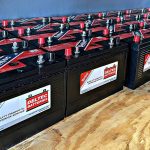




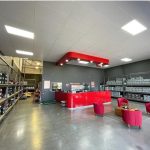

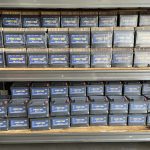
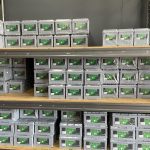

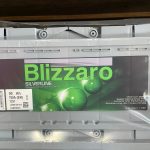
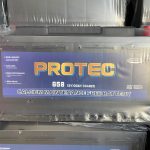
Testimonials
From Our Customers
Contact Us
Best service I've ever had, across all industries. Highly recommend them for all your battery needs
Pro Touch Batteries for the best service and advice. What a wonderful team! Thank you, you are the best!!!
Always excellent service and great products. Best prices in Gauteng. Thanks for helping me when I was in a tight spot. 10/10 would recommend!
Friendly service and good pricing on batteries. Phillip is an absolute champion and an honest man, told me what was wrong with my bike battery and how to fix it instead of trying to sell me a new one. (Bought a new one anyways!) Highly recommended!
Pro touch batteries is a friendly store with good staff. They are friendly towards their consumers and eager to help you in anything you need. They provide the best prices for value batteries. They also test and install the battery in your vehicle for free.
Call Now or visit our store for the best prices and service in the industry.
A proudly South African company
We only stock the highest quality South African batteries such as Sabat and Willard which was rated by consumers as their favourite locally produce battery brands. From a global perspective we stock exceptional quality imported batteries such as Protec, Deltec, Varta and Blizzaro to ensure we are at the forefront of technological innovation in the battery industry as a company and country.
PRICE LIST

Support
All batteries charged will only be kept for seven (7) days. After fourteen (14) days all batteries not collected will be send back for recycling. It is your own responsibility to collect your battery in time. No exceptions made.
All repairs are done at the battery owners’ risk. Batteries are highly explosive when exposed to an open flame. We do not accept responsibility for batteries exploding during the repair process.
DEFINITIONS OF BATTERY TYPES
There is often confusion when battery deï¬nitions are used to explain various aspects of the lead acid battery eg. sealed, maintenance free and other descriptive terms. The explanation of terms below is based on deï¬nitions contained in the IEC (60095-1 :20U6) speciï¬cation for lead acid starter batteries and is meant to provide clarity in terms of the various terms used to describe batteries.
Deï¬nition for vented (flooded) battery
This is the most common of automotive battery types. This type of battery has a cover with one or more openings through which gas generated by the battery may escape. A battery may also be fitted with tamper—proof plugs to prevent internal access to the battery but will still have an arrangement to allow gas generated by the battery to escape. The battery has “free” electrolyte which means that the acid moves freely within the battery.
Valve regulated (with gas recombination) battery
A secondary battery that is closed under normal conditions and has an arrangement that allows the escape of gas if the internal pressure exceeds a predetermined value. The battery cannot normally receive an addition of water or electrolyte. In this type of battery, the electrolyte is immobilised. This means that the acid is held in either a gel or a glass mat structure.
Sealed battery
The valve regulated battery is often called a sealed battery because no addition of electrolyte or water is possible. However, the battery will have a pressure release vent to allow for the escape of gas generated by the battery.
Low water loss
Vented starter batteries may be designated as “low water loss” according to the IEC specification if the water loss of the battery is less than 4 grams per amp hour.
Very low water loss
Vented starter batteries may be designated as “very low water loss” acoording to the IEC specification if the water loss of the battery is less than one gram per amp hour.
Maintenance free
Some specifications use the term “maintenance free” to describe a battery that has a water loss below a certain level. The IEC specification does not use this term, but rather uses the terms low and very low water loss.
For a battery to remain in good working order, it should be maintained in a fully charged state by the vehicle’s charging system. Where a battery is used as a means of alternative power, it is generally charged by means of an independent charger or rectiï¬er which supplies controlled direct current (DC).
An independent charger is also used to charge motor vehicle batteries that have become discharged due to faulty alternators, charging systems or if left unused for prolonged periods.
If the following hints are adhered to, a battery will provide extended and trouble free service.
Do’s
- Store batteries in a clean and dry area (in order to prevent deterioration).
- Store batteries in a fully charged state. (12V Battery above 12.4V).
- Ensure a correct polarity connection when recharging and fitting.
- Follow proper recharging schedules to prevent overcharging. Ensure charging is conducted in a well ventilated area.
- Ensure that the battery is always clean and dry, with the terminals coated with petroleum jelly (vaseline) or proprietary terminal protectors. Do not use greases which may contain metal additives.
- NB: Practice stock rotation and use a ï¬rst—in, first-out system at all times.
- Always wear protective clothing when working with batteries.
Don’ts
- Do not store batteries in a discharged state.
- Do not test batteries by shorting across terminal posts with wire, spanners, etc.
- Do not allow open flames or sparks near a battery as it could explode (batteries give off flammable gasses).
- Do not use a single spanner to loosen or tighten the terminal clamp as this could damage the post lid seal. Use a spanner to the nut and a second spanner to the bolt.
- Do not use the starter motor to propel the vehicle or leave the vehicle parked with accessories switched on for extended periods.
- Do not lean over a battery when charging or testing.
- Do not put any metal objects on top of a battery.
The following procedures can be used for the removal and ï¬tment of an automotive battery:
Battery Removal:
Before removing the old battery, take note which terminal Pos+ or Neg — is connected to the ground cable. The grounded cable is usually connected to the engine or chassis.
Disconnect ground or negative (—) cable ï¬rst. This will prevent sparks caused by accidental short circuiting.
Disconnect the positive cable forrn the terminal post and then remove the battery hold—downs.
Finally remove the battery from the vehicle.
Battery Service and Maintenance:
Inspect the battery tray, hold—downs and clamps. Replace any items damaged by excessive corrosion.
Use a wire brush to clean corrosion from battery tray and clamps. Clean all corrosion from tray, hold-downs and cables. Rinse thoroughly with clean water. Severely corroded components should be washed and neutralised by using a solution of Bicarbonate of Soda mixed with warm water (10 grams, or 1 tablespoon to 1 litre of water).
Using a post and clamp cleaner, clean both battery terminals and the inside of both cable clamps until they have a bright metallic shine. The cleaning ensures good electrical contact.
Battery Fitment:
VERY IMPORTANT STEP
- Carefully place the new battery in the tray making certain the (+) and (-} are in the same position in relation to the grounded cable (as noted in step 1). This procedure ensures correct polarity. Replace the battery hold-downs but do not over tighten at this point.
- Follow the reverse of the procedure in the removing the battery. Connect the positive cable ï¬rst and then connect the grounded cable. Make sure both cable connections to the terminals are tight. Coat the terminals and the cable clamps with petroleum jelly or a proprietary terminal
- Do not use grease which may contain metal additives.
- The hold-down nuts can now be tightened securely. Do not over tighten.
- Installation is complete. To ensure battery is installed correctly, turn ignition on. If battery is properly installed, the ammeter (or charge indicator in some vehicles) will show discharged. Crank the engine. Once the engine is running, the ammeter or charge indicator light should
- Function correctly.
- It is advisable to always have the vehicle’s charging system checked after ï¬tment of a new battery.
Sulphuric Acid
- Skin contact: immediately drench the affected area with clean water and remove any contaminated clothing. If any soreness or irritation persists seek medical advice.
- Eye contact: Immediately wash out the eyes with clean water until initial burning subsides. Do not use eye drops but do seek prompt medical attention.
- Ingestion: DO NOT induce vomiting but make patient drink as much water or milk as possible, followed by Milk of Magnesia, beaten eggs or vegetable oil and seek immediate medical attention.
- Spillage: Small spillages can be quite simply dealt with by swilling away with plenty of water and neutralizing using Bicarbonate of Soda mixed with water (10 grams Bicarb to 1 litre of water).
- Disposal: Suitably labelled, acid resistant containers should be used for transporting, neutralizing and disposal of sulphuric acid.
- Burns: Apply a dry sterile dressing and seek medical attention.
Safety Tips Sulphuric Acid
Sulphuric acid is contained in batteries.
Battery acid is a poisonous and corrosive liquid, which will cause burns and irritation to the skin and eyes. Take precautions when charging as sulphuric acid is given off in a ï¬ne mist.
- Always handle batteries with care and keep upright.
- Always charge in a well ventilated area.
- Use eye protection and protective clothing where there is any risk of acid splashing or spillage.
Electrical Energy
Electrical energy can be supplied from batteries and charging equipment.
Burns may occur from the heating effect of tools and conductive objects in contact with live battery terminals or conductors. In addition, sparks and molten metal may be ejected and combustible materials, notably the gaseous fumes, ignited to cause potentially lethal explosions.
It is possible to receive a severe electric shock from charging equipment and from a number of batteries connected in series i.e. five or more 12 volt batteries (+60 volt nominal).
- Before using conductive tools on a battery, remove metallic personal adornments from the hands and wrists.
- Before working on a vehicle’s electrical system, blow across the terminals and the vent holes to disperse any fumes and disconnect the battery where there is any risk of accidental short circuits.
- Always disconnect the earth terminal from a battery ï¬rst and connect it last to prevent short circuiting.
- Keep, charge, check and test batteries in a well ventilated area.
- Do not place tools or conductive objects on top of batteries.
- Before using a battery charger consult manufacturer’s literature.
- Remember to switch the charger off before connecting or disconnecting a battery.
Emergency Procedure for Treating Electric Shocks
- Electric Shock: Immediate action is essential in cases of severe electrical shock as the nerves
- controlling breathing and heart action may be affected. Do not delay treatment by calling for a doctor; this should be done quickly if help is available or when the casualty recovers.
- Make sure it is safe to approach casualty. If the casualty is not clear of the electrical source, switch off the power. If this is not possible, attempt to separate the casualty from the conductor using a dry, insulating object (wood, rubber, brick, thickly folded newspaper, cardboard) and try to push or pull the casualty clear of contact. Do not touch casualty with bare hands.
- Apply artificial respiration if necessary. Seek medical attention thereafter.
- Explosion: Seek any necessary medical attention and remember that sulphuric acid may have been ejected.
Emission of Gasses
Hydrogen and oxygen are emitted during charging and are emitted during cranking or movement of the battery.
An explosive atmosphere is created if the concentration of hydrogen in air exceeds 4%.
- Keep, ï¬ll, charge, check and test batteries in a well ventilated area.
- As an added precaution, blow air across the terminals and the vent holes to disperse any ignitable fumes.
- Avoid sources of ignition close to batteries.
- In particular:
- No smoking.
- No naked flames.
- Switch off current before making or breaking electrical connection. Avoid sparks caused by accidental short circuits.
Potentially a noxious product that contains substances that can harm the environment, Willard Batteries sees it as its responsibility to recycle scrap batteries. The life cycle of a lead-acid battery follows a continuous, closed loop. When a scrap battery is collected and returned to Willard Batteries, its lead and plastic are reclaimed and directed to new battery manufacturing.
